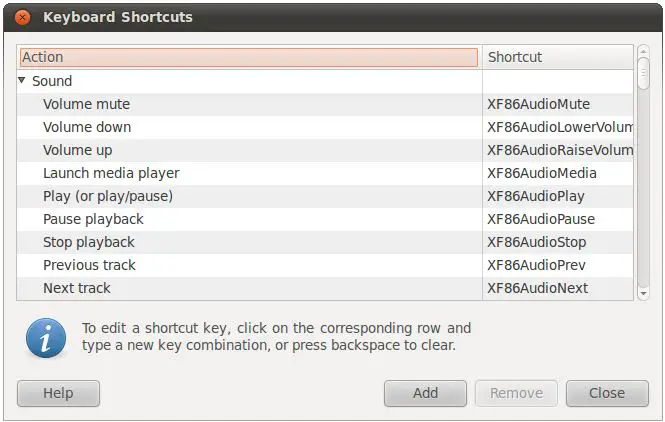
To confirm the process of copying files, use cp –interactive (or -i). It simply copies the files from location to another. Note that the cp command does not ask whether you want to copy one file over another file with the same name or not. The cp command works exactly like the mv command (move command), except that the cp command duplicates the contents of a file and it does not move the files from one location to another. To copy a file and paste files in a terminal, you use the cp command. History : The history command shows a very long list of commands that you have typed.Ctrl + R : Searches for commands you’ve already typed.Tab : It auto-completes any commands or filenames, if there’s only one option, or else gives you a list of options.Down Arrow or Ctrl + N : Takes you back to a more recent command.Up Arrow or Ctrl + P : Scrolls through the commands you’ve entered previously.Alt + C : Capitalizes letter where cursor is and moves to end of word.Alt + F : Moves forward one word at a time.Alt + B : Goes back one word at a time.Ctrl + W : Deletes the word before the cursor.Ctrl + U : Deletes from the start of the line to the current cursor position.Ctrl + K : Deletes from the current cursor position to the end of the line.Esc + B : Moves to the beginning of the previous or current word.Ctrl+ E or End : Moves the cursor to the end of a line.


Ctrl + A or Home : Moves the cursor to the start of a line.There are other useful Ubuntu Terminal keyboard shortcut keys that you must know: You can also use “Shift + Insert”, to paste the command in the Terminal window. To paste text or commands in Ubuntu Terminal window, use Ctrl + Shift + V. To copy text from the Terminal window, simply highlight the text, right-click on it, and select “Copy” from the menu. You can also copy text using mouse (right-click).


 0 kommentar(er)
0 kommentar(er)
